All Science
 Bunnies glow green in the dark, join lots of other glowing animals
Bunnies glow green in the dark, join lots of other glowing animalsA team of scientists from the University of Hawaii and a Turkish lab have genetically engineered bunnies to glow green, a feat that they say demonstrates the future of advanced genetic modification.
 Sinkhole: Disney World visitors walking on holey ground?
Sinkhole: Disney World visitors walking on holey ground?A sinkhole that opened up less than five miles from Walt Disney World late Sunday night is a reminder that almost all of Florida is underlain by limestone, and that central Florida in particular is prone to sinkholes.
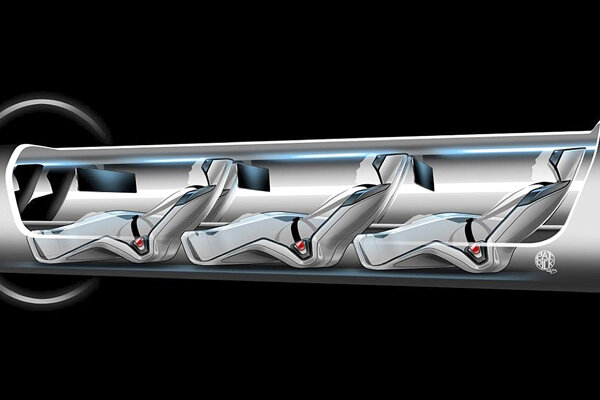 Elon Musk unveils Hyperloop plan. How would it work?
Elon Musk unveils Hyperloop plan. How would it work?Elon Musk, already the force behind SpaceX and Tesla, has sketched out a commuting system between L.A. and San Francisco that would reach speeds of 760 m.p.h. Here are the basics behind the Hyperloop.
- What is it like to be Schrödinger's cat?
In 1935 physicist Erwin Schrödinger devised a thought experiment that still makes people's heads spin (up and down, simultaneously).
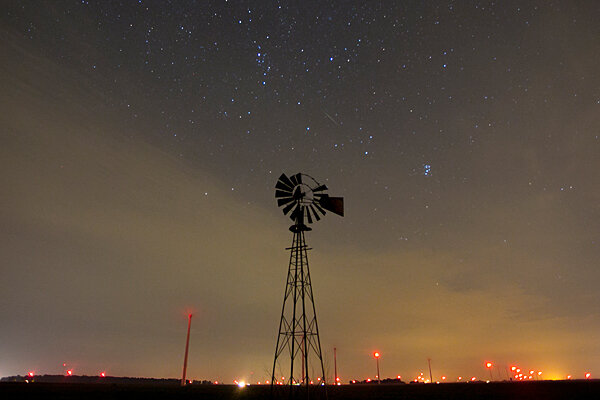 How Perseid meteor shower helps produce amazing images of galaxies
How Perseid meteor shower helps produce amazing images of galaxiesThe Perseid meteor shower and its ilk provide the sodium atoms in the middle atmosphere that light up when astronomers tickle them with a laser – a key step in adaptive optics, which are used by ground-based observatories.
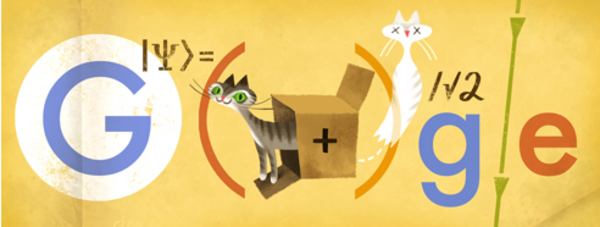 Google Doodle honors Erwin Schrödinger and his paradoxical cat
Google Doodle honors Erwin Schrödinger and his paradoxical catToday's Google Doodle honors Erwin Schrödinger, the Austrian physicist whose thought experiment demonstrated the absurdity of conventional ideas in quantum mechanics.
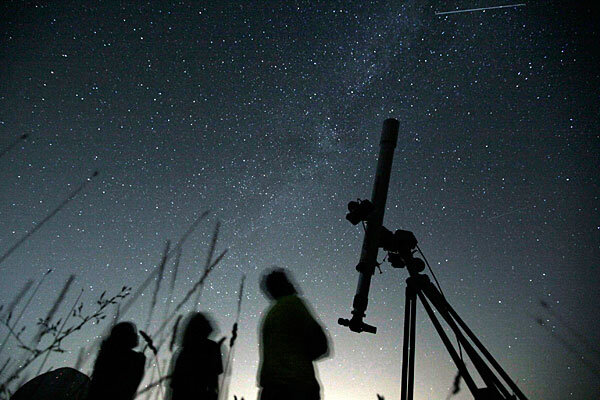 Perseid meteor shower peaks tonight: why this is a 'can't miss' year
Perseid meteor shower peaks tonight: why this is a 'can't miss' yearPerseid meteor shower peaks overnight Sunday and Monday. Next year, the Perseid meteor shower will coincide with a brighter moon, making viewing more difficult.
- Perseid 2013 meteor hunt: How to stargaze the ‘tears of a saint’
The annual Perseid meteor shower will reach its height starting Sunday night. Here are some tips for spotting these bits of rock and ice known as shooting stars.
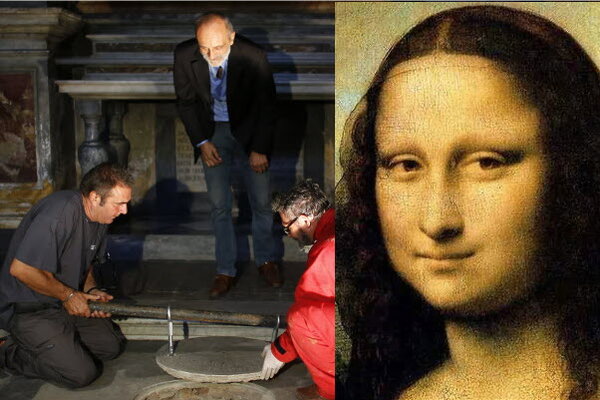 Decoding Mona Lisa: Have archaeologists found the face behind the smile?
Decoding Mona Lisa: Have archaeologists found the face behind the smile?Mona Lisa, painted by Leonardo da Vinci, is likely based on Lisa del Giocondo, who lived in Florence at the turn of the 16th century. On Friday, archaeologists cut into the del Giocondo family crypt in hopes of confirming the identity of the Mona Lisa's model.
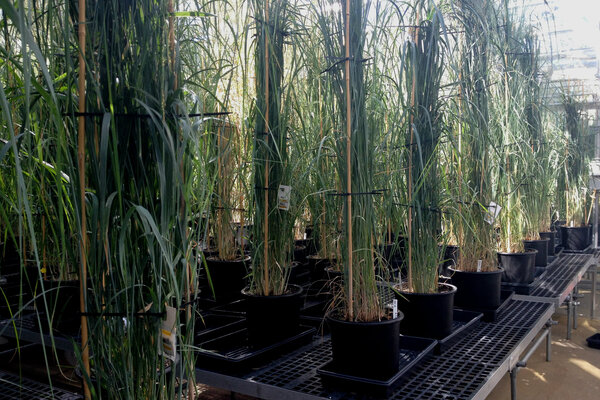 What if plants could be plastic factories?
What if plants could be plastic factories?A Massachusetts-based company is genetically modifying switchgrass to produce a polymer used to make plastics.
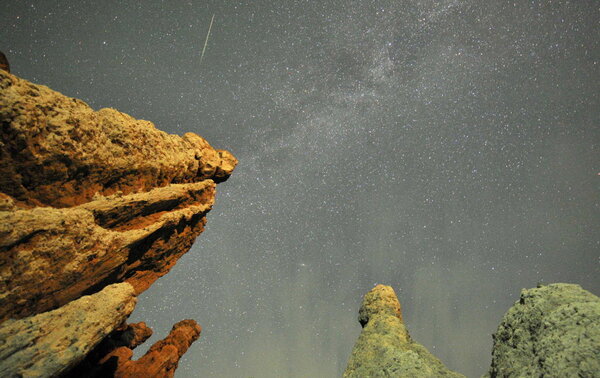 Best show on Earth: Perseids meteor shower arrives this weekend
Best show on Earth: Perseids meteor shower arrives this weekendFor the best show on Earth, look up.
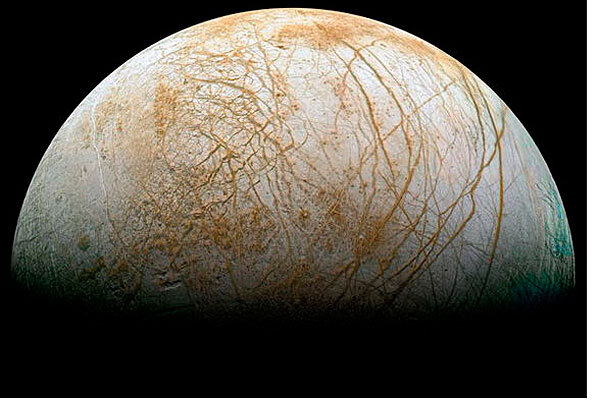 Is it habitable? NASA outlines big goals for a mission to Europa.
Is it habitable? NASA outlines big goals for a mission to Europa.In a new paper published in the journal Astrobiology, NASA scientists outline the major questions that a future Europa rover will need to be equipped to answer.
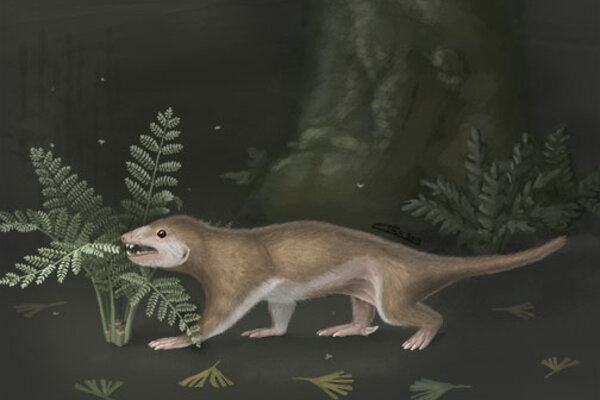 When did mammals evolve? Two new papers disagree.
When did mammals evolve? Two new papers disagree.Two papers published in Nature disagree on when mammals evolved but also broaden the portrait of mammalian evolution.
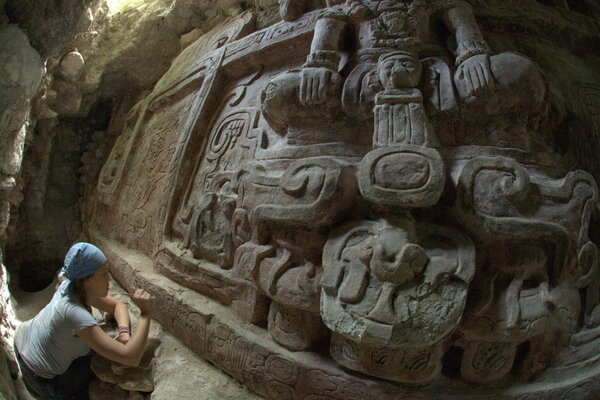 Mayan frieze tells a tale of almost cosmic wars
Mayan frieze tells a tale of almost cosmic warsMayan frieze : A massive Mayan frieze depicts the crowing of a Mayan king – and, in its inscription, a tale of changing loyalties in an ancient feud of two kingdoms.
- Mayan frieze: A once-in-a-lifetime find
The work of art provides researchers with insights into the importance of the building where it was found in the northern Province of Peten in Guatemala. Text found on the frieze indicates it was commissioned by a king during the classical period.
- Ice ages: Why North America is key to their coming and going
Scientists have long tried to figure out what causes the ebb and flow of ice ages. New data suggests a novel explanation for why the mile-thick blankets of ice retreat so quickly: They become too heavy.
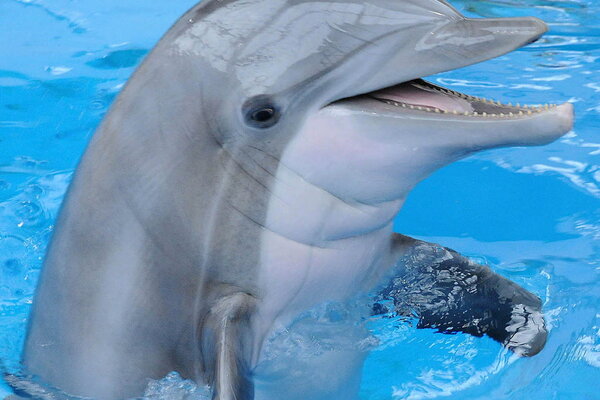 That dolphin you used to hang out with back in high school probably still remembers you, research shows
That dolphin you used to hang out with back in high school probably still remembers you, research showsDolphins have the longest memories of any animal besides humans, according to a new paper published Tuesday.
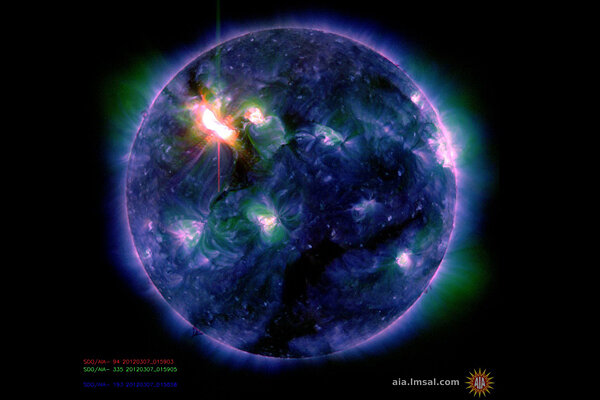 Sun's magnetic reversal means big changes for the solar system
Sun's magnetic reversal means big changes for the solar systemScientists say that the sun will undergo a magnetic flip in the coming months, an event that happens just once every 11 years and the effects of which will be registered throughout the solar system.
- 'Mini Lisa': Georgia Tech researchers create world's tiniest da Vinci reproduction
Researchers at the Georgia Institute of Technology have created a reproduction of the 'Mona Lisa' that is no wider than a third of the width of a human hair.
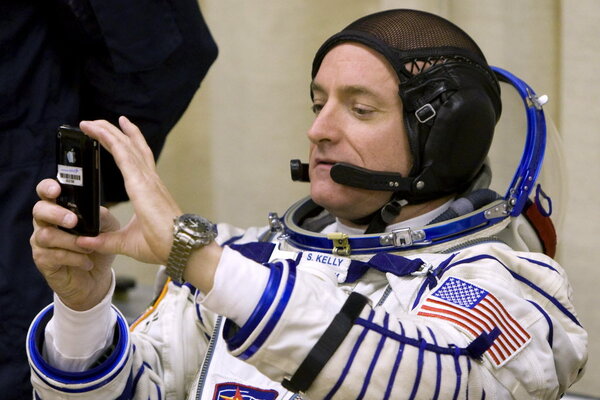 Why one of NASA's twin astronauts is younger than the other
Why one of NASA's twin astronauts is younger than the otherNASA will conduct an experiment using its twin astronauts to assess the effects of space travel on humans. Here's why one of the twins is older than the other.


















